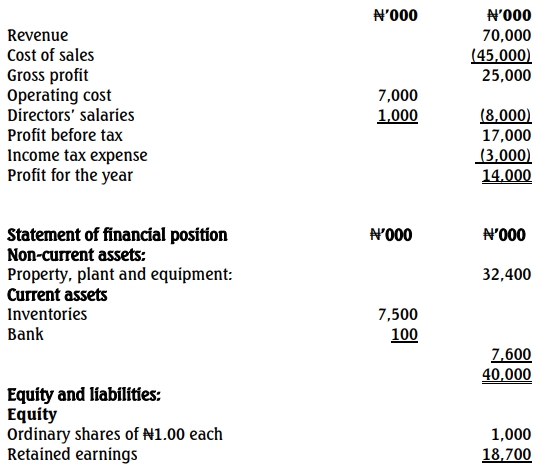- 10 Marks
FR – Nov 2023 – L2 – Q7b – Presentation of Financial Statements (IAS 1)
Lists minimum line items for the statement of financial position and changes in equity as per IAS 1
Question
IAS 1- Presentation of Financial Statements provides a list of line items that, as a minimum, must be shown on the face of the statement of financial position.
Required:
i. Give FIVE examples of minimum line items to be shown on the face of the statement of financial position. (5 Marks)
ii. State FIVE items that should be accounted for in the statement of changes in equity. (5 Marks)
Find Related Questions by Tags, levels, etc.
Report an error



